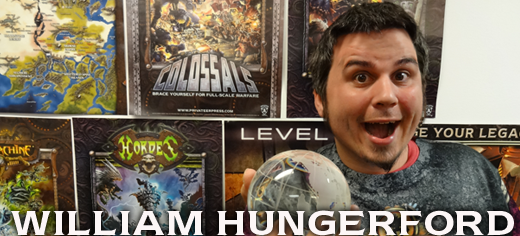
Insider 12-18-2015

Welcome to the first of a monthly series of Insiders focused on new ways to play WARMACHINE and HORDES, both competitive and casual formats. If there’s a format you’d like to see covered, shoot us a tweet #mixupthemeta.
Our first featured format has seen great success in both competitive and casual arenas: the team format. Whether it’s a huge narrative mega-battle with a dozen or more players per side or nail-biting tournament games between teams who’ve refined their lists for months, team games are always a blast.
WTC (World Team Championship) is a particularly popular competitive team format. This community-driven format encourages groups of tournament players from the same local meta (whether that be their local store, state, or even country!) to put their brains together and create army lists and strategies as a team.
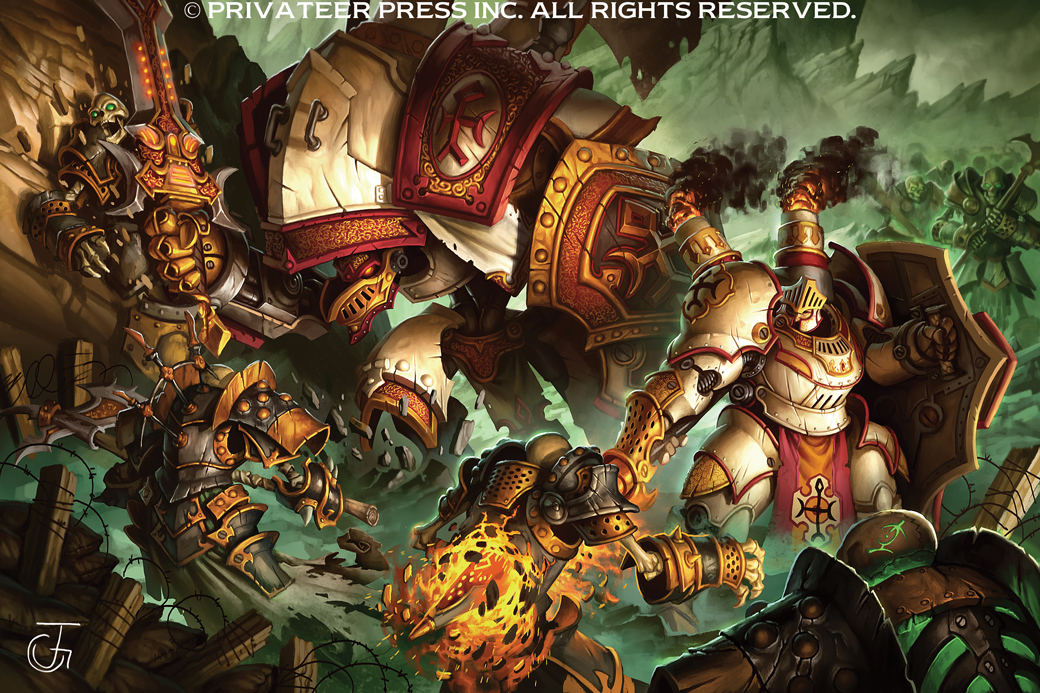
The WTC format requires each team to be five players, each of whom brings two 50-point army lists. While each player is not required to play both of their lists, competitive teams try to plan out what possible lists they might face in their meta and try to build their armies accordingly. Character restrictions are per each player’s lists, not for the team as a whole, with one notable exception: no warlock or warcaster can appear in more than one list across the entire team’s roster.
When it comes time to battle, one of the biggest mental challenges occurs before the first models are even deployed: the team captains must meet and decide which members of their team will face off against members of the other team.
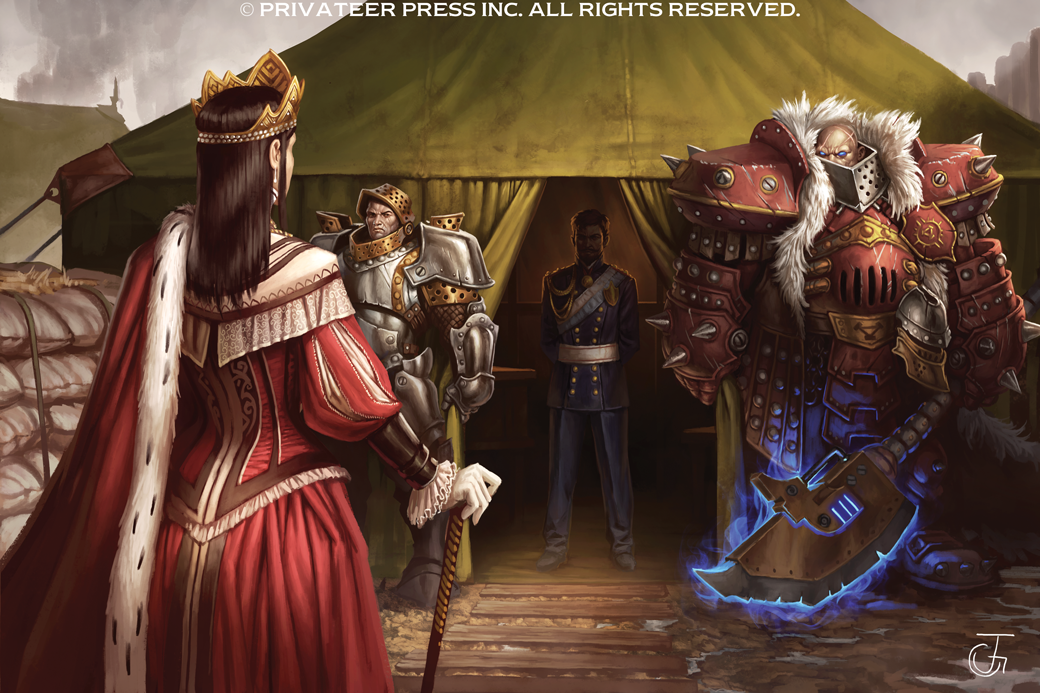
The process is detailed but not difficult to follow; you can read about how it all works here. Obviously, the team captains need to be incredibly knowledgeable about their team’s army lists, favorable matchups, and skill levels, as each round the team captains must engage in a “pairings draft” to determine just who on each team will face one other. The pairing process itself can often require as much strategy and practice as the games do!
Ultimately, the WTC helps foster teamwork between groups of competitive players. As one of the head organizers of the WTC, Judge Norbert, puts it: “Altogether, we feel the WTC is so fun because five players get a chance to work as a unit, which adds an entirely new dimension to the game. Every choice they make and every win or loss that happens affects the entire team. As a group, they feel they are part of something greater than the sum of its individual players.”
Even though the WTC event itself is an international one, this format can easily be applied to statewide tournaments, “store wars” within a local city, or any other region where players could come together to show that their team has what it takes to bring home the win.
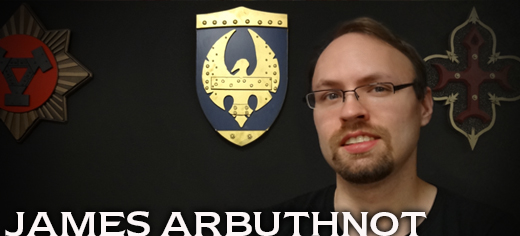
Ever wondered what it would have been like if Skarre had captured Victoria instead of her sister Gloria? Ever pined for the days when Captain Gunnbjorn was still in the Cygnaran Army commanding a line of Defender warjacks? Ever pondered what could have been if Kreoss had pledged his life to the Motherland instead of to Menoth? Well, thanks to the fan-created casual format “Who’s the Boss,” you can find out firsthand.
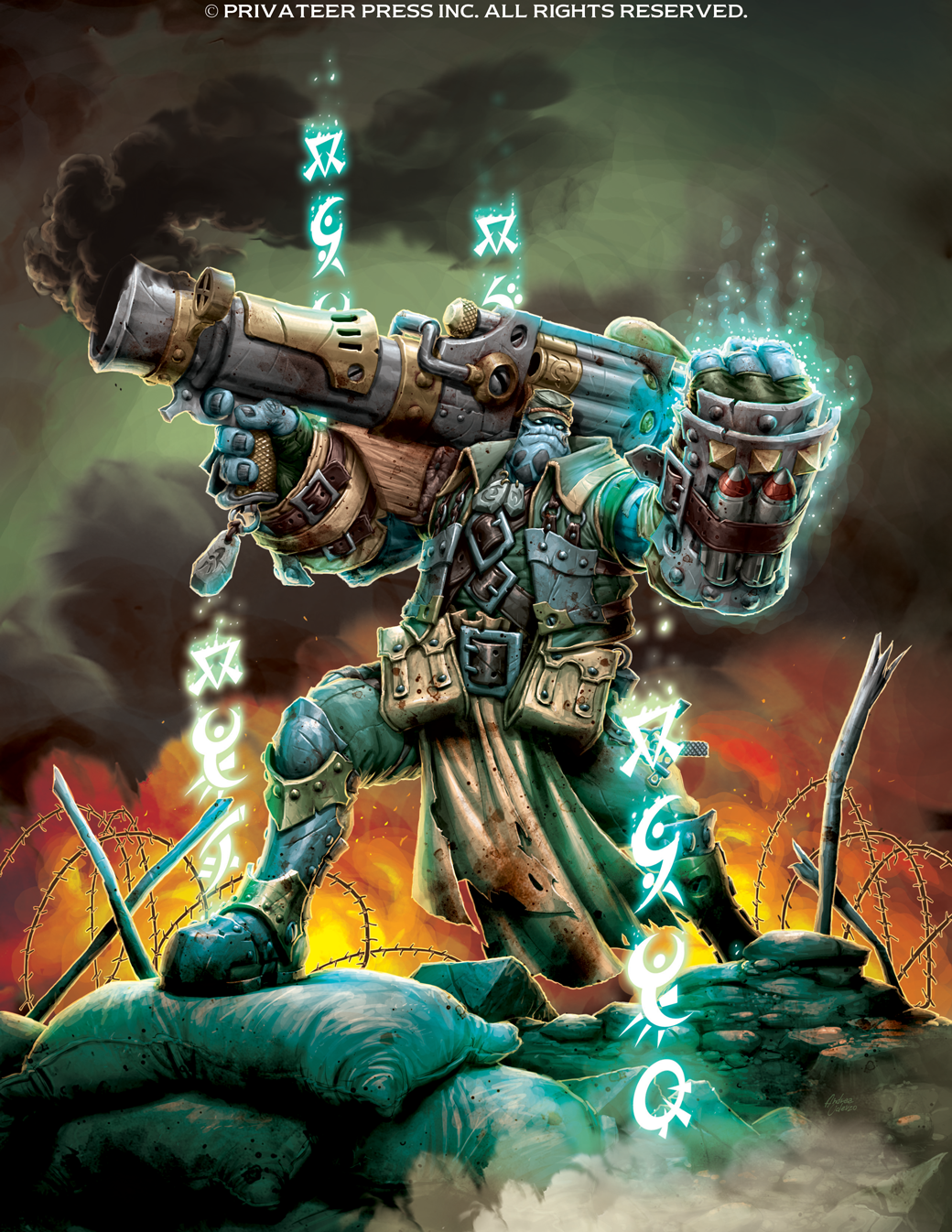
The idea behind “Who’s the Boss” is simple: build an army of your choice except for the warcaster or warlock. Then each round, you’ll draw a random warcaster or warlock pulled from the entire spectrum of WARMACHINE and HORDES. Thus, you could even receive a warcaster instead of a warlock to lead your HORDES army. Give the Wheel of Casters a spin, and suddenly Karchev the Terrible could be in command an army of Skorne Titans, unleashing destruction upon the world in ways previously unimagined. And for the cross-game rounds, the warcaster/warlock takes on the attributes of the army. Warcasters can transfer damage and leech from their beasts while warlocks gain a power field and full focus at the start of every turn.
The mastermind behind “Who’s the Boss,” Andy Welton, says that one of his favorite parts of the format is how you determine the winner. “We have a special scoring system based on in-game achievements; it stresses some of the more entertaining aspects of the game. It’s possible to lose every single game at the event and still win the overall Boss prize.” In the end, “Who’s the Boss” is about having fun.
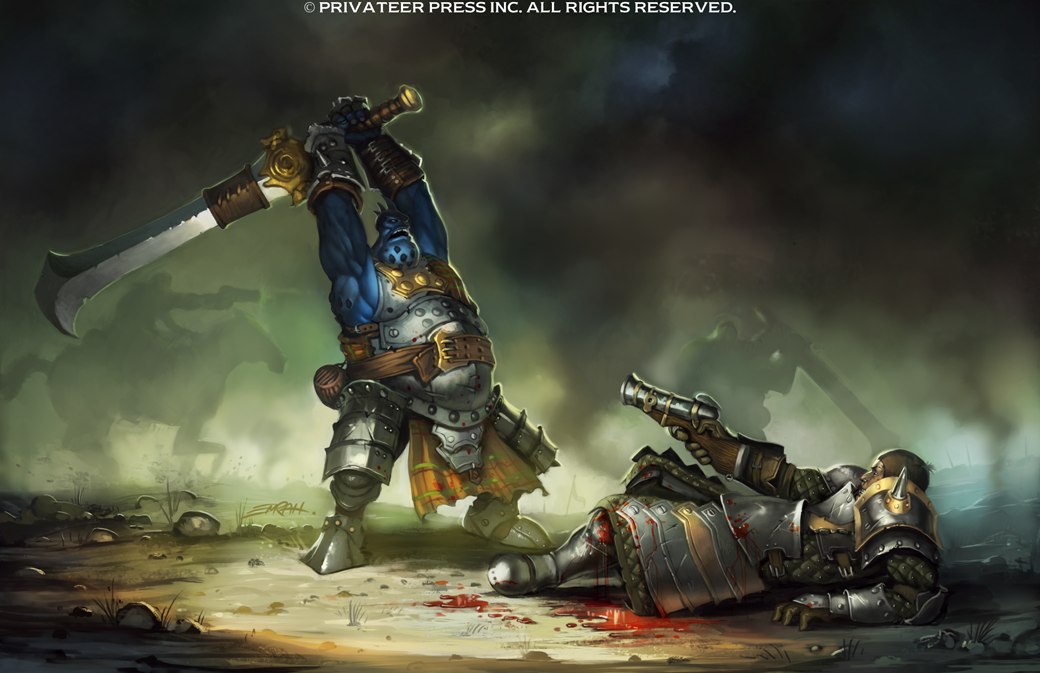
One of the best parts of the “Who’s the Boss” experience is its emphasis on out-of-the-box thinking. Because you only get one list, you have a difficult choice to make: do you specialize and hope for a caster who fits your army beautifully, or do you build an army that is good at many things and can use its ultimate warcaster/warlock as more of a solo? “Who’s the Boss” rewards quick thinking, knowledge of a wide array of factions, and adaptation.
“Who’s the Boss” can be scaled to any size. You don’t need to have access to every single warcaster/warlock to play, just a card for each one you intend to make available. So, grab your friends, throw all your warcaster/warlock cards into a bag, and have everyone reach in to grab one. Before you know it, you’ll be throwing down with combinations you never even dreamed possible.
